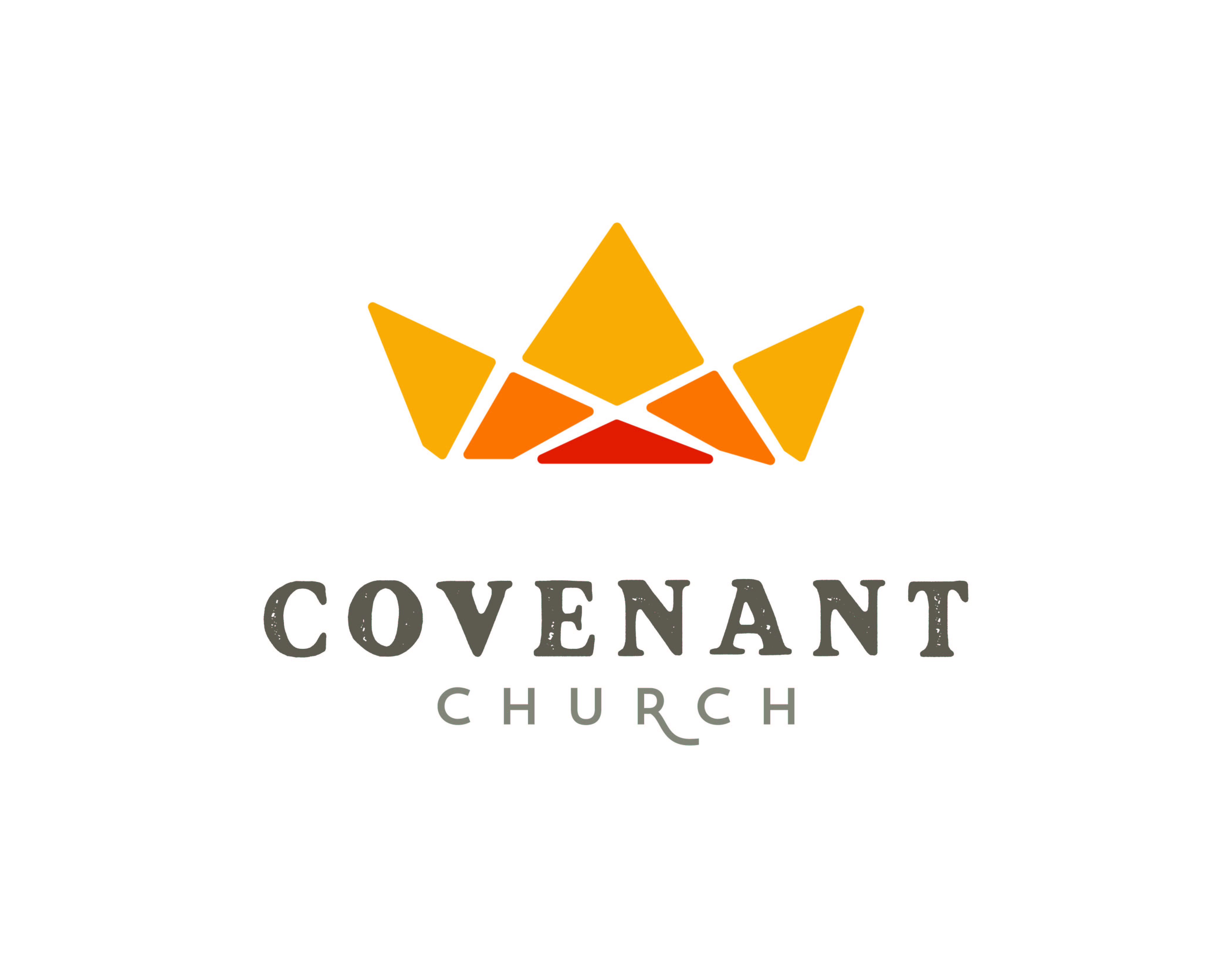Once we get through the genealogical records (there is a reason for these) and make it to chapter 10, it will seem like we’ve been here before. First and Second Chronicles feels like Samuel and Kings all over again. And while it is true that Chronicles covers much of the same history, we have to realize that it covers it for a totally different reason, a reason that becomes clear when we consider book placement in the Hebrew Bible.
In the Hebrew Bible, the two books of Kings (one book but two scrolls) comes on the heels of the Former Prophets and acts as a conclusion to the message from those prophets. You may remember how our Walk Thru the Bible Old Testament

overview summarized this section with the words, “Prophets speak; shape up or ship out.” The people did not shape up so God fulfilled His promise from Deuteronomy and shipped them out. Kings ends with Israel scattered and Judah in exile. While Chronicles tells the same story, it does so with a different focus.
Chronicles is placed as the last book in the Hebrew Bible. It was written after the exile during a time when the returning remnant needed a positive and stirring reminder of who they are and where they had come from. In the same way that we can embellish the inspiring stories of our nation’s founding fathers, the author tends to gloss over some of the more negative aspects of Israel’s good kings so that the people can take pride in their past and have a faithful model they can follow.
The book begins with genealogies for a reason. Think of it, these people were returning after 70 years in exile. Many of them had only heard about the wonders of their homeland. When they returned, they found that their city and all the symbols that supported their identity had been destroyed. If they were going to regain that identity, they would need to connect with their roots and learn about God’s hand in the development of the nations around them. More importantly, if they planned to reinstate temple worship, they would need to confirm who among them is of the tribe of Levi and the line of Aaron. History had shown that they must not follow the sins of Jeroboam and just appoint anyone to the task. This emphasis on bloodline may seem strange to us, but genealogical heritage is so important that it continues to this very day.
When I visited Israel in 2008, I learned about a Jewish group that is preparing for the next temple. Over the last six decades, they have raised enough money and gathered enough skilled craftsmen to meticulously reconstruct almost everything needed for use in temple worship.* I saw the high priest’s uniform and the ephod with precious stones, the bronze bowls and even those elements made of gold (yes, it was real gold). Alongside all these things, they also had up-to-date genealogical records showing who in this generation was in line to become a priest or Levite. That’s a lot of names. Yes, it is that important.
The opening genealogy introduces one of the strongest themes of the book—the temple and faithful worship of the LORD. The author wrote at a time when rebuilding the wall, the temple and the people was moving forward in fits and starts. His emphasis on proper worship was one way to reinforce the need to continue the reforms and rebuilding that was taking place. Most of what is written in Chronicles can be connected to the teaching on worship of God in the right place and in the right way. The fact that our author closes the history with Cyrus’ decree to build a temple in Jerusalem acts as a final word on the subject. It is almost as if he is saying, “People! We have got to get it right this time!”
So, have fun with this take on what is now a familiar story. Keep your eyes open for the changed perspective and the additional info. If you take the time to flip back and forth between what you have read and what you are reading, I think you will gain some rich insights into how this story is intimately connected to our own.

Rob
* I said that this group had recreated almost everything. In case you are wondering, the only thing they did not recreate was the Ark of the Covenant. They believe that God will reveal where it is hidden once the temple is reconstructed and all other elements are put in place. It begs the question, what happened to it and where is it today?
I have a hunch that King Josiah is the one who sent the Ark of the Covenant into hiding. Josiah received ample warning that God’s judgment was coming and, knowing how important the Ark was to Israel, it makes sense that this righteous king would seek to preserve it from the coming destruction. While we don’t have objective evidence about what happened to it, we do know that the last mention of the Ark comes under Josiah’s watch and the Ark is conspicuously missing from the list of temple treasures taken by Nebuchadnezzar (2 Kings 25:13-17; 2 Chronicles 34:23-25; 35:3). So, what might he have done with it?
I once read a fascinating book on the Temple Mount and learned that there are many cisterns located under that massive area. One of those cisterns has a section that is not coated with plaster (plaster was applied to make the stone watertight). This plaster-free section of the cistern appears to be a wall which was constructed after the cistern was built. Why no plaster? If this is a wall, what is behind it? Even though people are itching to excavate this and many other portions of the Temple Mount, current political tensions make any sort of archaeological exploration impossible. The Sovereign Lord is over the rise and fall of all nations and powers (Acts 17:26-28). He will reveal His secrets in their proper time.






